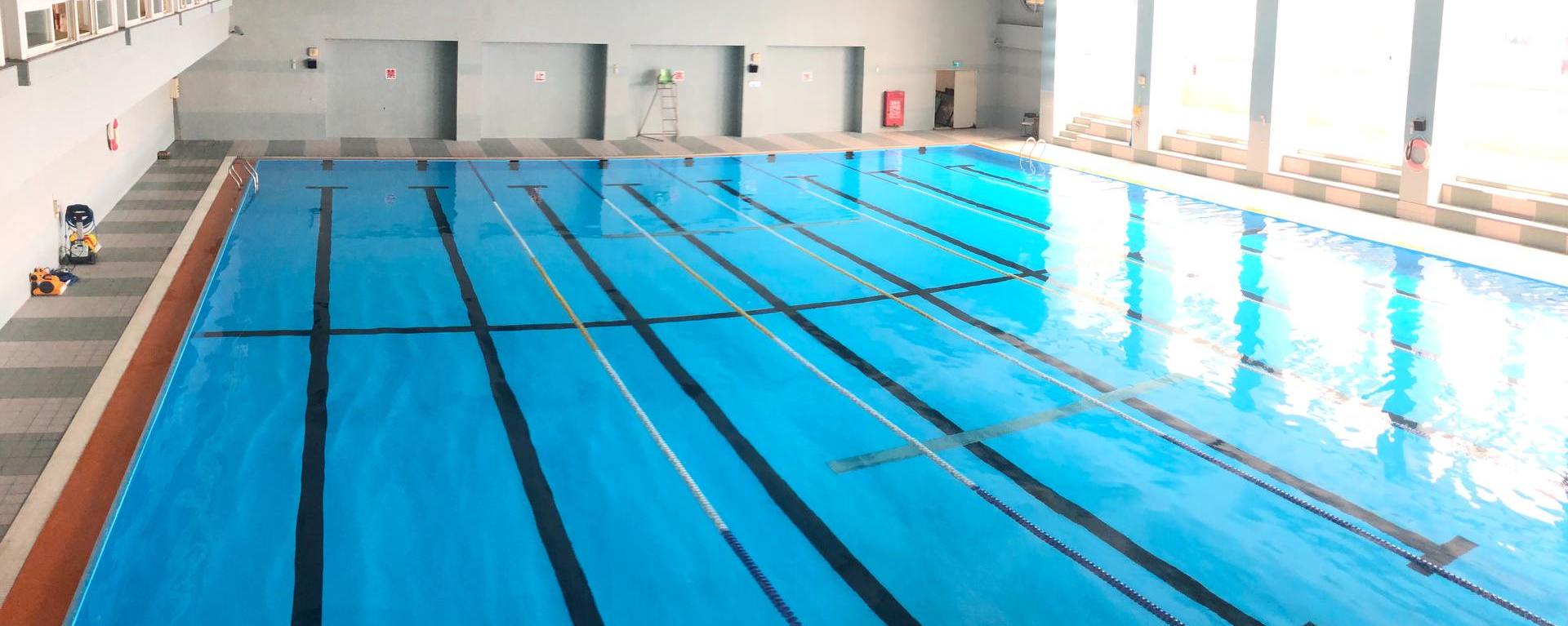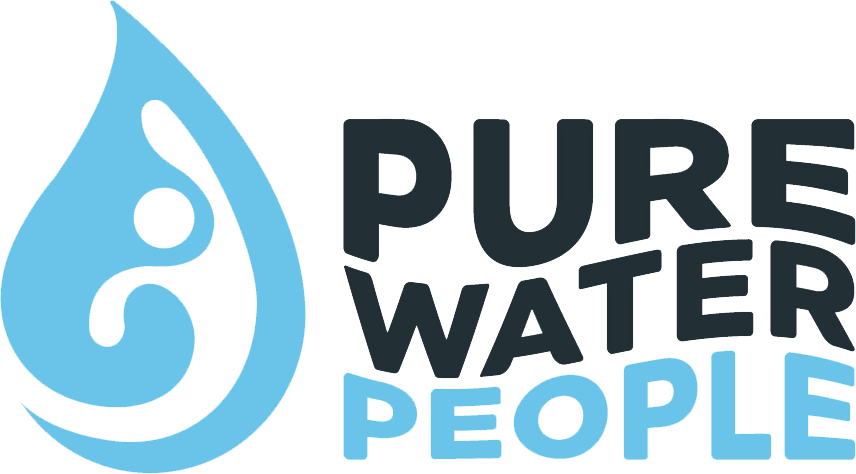Can Chlorine Cause Breathing Problems?
Posted on 30th June 2022 at 18:23
The introduction of the use of chlorine as a disinfectant in water was undoubtedly one of the greatest health advancements in human history. Poor sanitation conditions (especially in urban areas, post industrialisation) were a major cause of death in the UK, and the drinking water was and intrinsic aspect of this. Over a century has passed since chlorine was accepted as the best method of treating the public water supply in Great Britain, and scientific understanding has come on in leaps and bounds in that time. Chorine’s efficacy in disinfecting the water supply doesn’t come without potential drawbacks (we touched on some of these in a previous blog), but could this include a possible link between chlorine and asthma?

Chlorine and Disinfection Byproducts (DBPs)
The first thing most people would associate with the word “chlorine” is the distinctive smell you experience at a public swimming pool. This isn’t actually chlorine itself, but the chloramines that form when chlorine reacts with compounds (both organic and inorganic) in the pool water. Other “disinfection byproducts” (DBPs) form when different types of disinfectants come into contact with different compounds. Other factors come into play here too, such as the PH and temperature of the water – there are a number of different DBPs that can form and are thought to be potentially problematic to our health. Chlorine, for example, can produce such DBPs as Chlorate, Trihalomethane and Haloacetic Acids.
There are different health effects linked with these:
Chlorates have been linked with thyroid problems (although they are easily metabolised and biodegrade readily when in the environment.
Haloacetic acids are a group of different chemicals that form when disinfectants in water react with organic matter, and could increase the risk of bladder cancer (this would have to be at high levels over a long period of time).
Trihalomethanes (THMs) can also form when chlorine comes into contact with organic compounds in water. There are health risks associated with them – they may actually be carcinogenic and cause reproductive issues; if this is the case, it would be from long term exposure, not from short term exposure. It is even thought that THMs concentrations in the blood are affected from inhalation and absorption through the skin, more than they are through drinking the water. This seems logical when we consider how DFBS are formed.
This is one of the reasons we don’t just soften domestic water, but treat drinking water, too! We give our customers the option to have clean, healthy drinking water without unwanted chemicals, such as chlorine and the potential DFBs that can come with it.

Swimming pools and respiratory issues
A real-world example of how DBPs can impact health can be seen in swimming pools. Swimming is great for keeping fit, is something that people enjoy and it’s probably fair to say that most of us have, at one point or another, wished we had a pool at home on an especially hot day. Of course, it’s very important that the water in a swimming pool is kept clean and is thoroughly disinfected. We mentioned it earlier – the smell of chlorine (or, as we now know, the smell of chloramines) is often the first thing we notice at a public pool, and it’s no wonder when you consider how many people will use it throughout the day.
But there have been studies that have indicated that, in breathing in these chemicals, there can be adverse respiratory effects. This would be especially applicable to indoor pools with high levels of chlorine – this makes sense, as the DFBs are going to be breathed in more readily when in higher concentrations, in less well-ventilated areas (for example, at an indoor pool rather than an outdoor one). A 2004 study explored the relationship between chlorine levels and swimmers’ breathing – it suggested that “airway constriction” was experienced by 60% of swimmers when using a highly chlorinated pool, but only 20% when in a low or no chlorine pool.
More recently, research conducted in 2018 suggested a possible link between exposure to high levels of chlorine at a swimming pool and developing asthma in early life and going back to 2002 it was observed in three different case studies (two lifeguards and one swimming instructor) that breathing issues occurred, probably from long term exposure to chloramines in the air when working poolside – these issues significantly when away from work.
What can we learn from this?
There seem to be a fair-few dots to connect here – DFBs are an inherent aspect of disinfection (especially with chlorine), these chemicals may have adverse health impacts and there are examples of this happening in real life. We also know that there are so many factors to consider, such as chlorine levels, amount of organic compounds in water, water temperature and length and type of exposure.
It’s clear that, to get a full understanding of this, there needs to be a lot more research, on a much larger scale. But it’s also good to remain open minded and be questioning of things – something that has been a fantastic and major health advancement, and in use for over a century, while certainly effective, can’t necessarily be perfect.
We’re here so that you have that option. We not only soften and filter water. but we polish and remineralise it, too! It's by taking those extra steps that we promote good health for you and your family.
Water is an essential part of our health, so if you want your water to be as healthy as possible and want constant access to water free from unwanted chemicals and impurties, then you have come to the right place.
Tagged as: asthma, breathing, chloramine, chlorate, chlorine, dbps, disinfection byproducts, filter, haloacetic acid, poolside, problems, purification, purifier, respiratory, swimming pool, trihalomethans, water softener, water softner, workers
Share this post:





